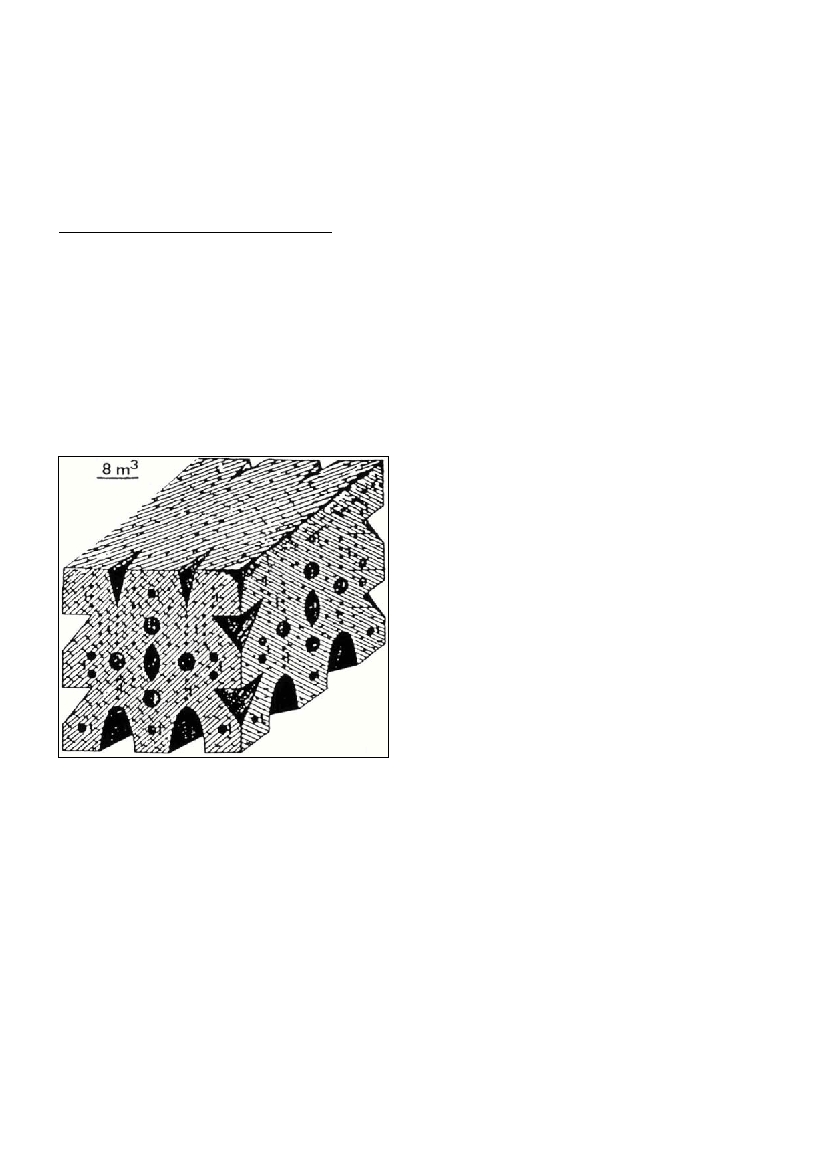Rapp. Comm. int. Mer Médit., 36,2001
275
In the year 1994, the administration of the town of Agropoli
(Salerno) decided to set up a small artificial reef, which was at that
time the first structure of this type employed along the coasts of the
Region Campania (Southern Italy). The decision was caused by the
will to set a serious obstacle to the illegal near shore trawl fishery,
which, at that time, was a big problem in the area of the Gulf of
Salerno.
It must be noticed that near shore trawl fishery causes, as it is well
known, serious damages to the small-scale fishery, operating with tra-
ditional systems like trammel-nets, bow-nets, etc. Must be noticed also
that in the whole bay of Salerno operates a relevant ?eet of little boats
attending to the small scale fishery (1).
In order to protect the local small-scale fishery, from the damages
caused by trawl vessel and, at the same time to increase the marine
production in the area, which is also a well known, the first Campania
artificial reef was set up, built with concrete cubes (Fig.1).
To analyze artificial reef setting up effects on the fishable resources
samples were collected bimonthly from October 1993 to September
1994, before the setting up of the reef, and from June 1995 to May 1996
after the placing of the structure. A trammel net (height 3 meters, length
500 meters) was the fishing-gear used, placed at a medium depth of 25
meters, lowered into the water at sunset and pulled up at dawn for an
average of about 12 hours in the sea. In the data analysis, the presence
of a group of species common to the period before and after the setting
up of the artificial reef, can be ev
i
d
e
n
c
e
d: Sepia offi
c
i
n
a
l
i
s(
L
.
)
,
Diplodus annularis(L.), Pagellus erythrinus(L.), Scorpaena porc
u
sL
.
,
Mullus surmuletus(L.), Solea vulgaris(Quens) while a consistent pres-
ence of Seriola dumerili(Risso) and Tra
churus mediterra
n
e
u
s(
S
t
d
r.
)
typically pelagic teleosteans, was noted only after the placing of the
a
r
t
i
ficial reef and the same was for Scorpaena notata(Raf.), P
h
y
c
i
s
p
h
y
c
i
s(L.) and S
e
r
ranus cabrilla(L.) typical rocky bottom species.
After the placing of the reef the presence of Diplodus annularisa
n
d
Sepia offi
c
i
n
a
l
i
sbecame less considerable while, on the contrary, a
more remarkable presence of relevant fishing interest species like
Pagellus erythrinusand Solea vulgarishas been ev
i
d
e
n
c
e
d
.
It has to be considered that data are relating only to the first life year
of the reef and that, however, changes in the spectrum of the species
targets of fishing activities can be evidenced. It is possible to agree
with the opinion of D’Anna et al.(2) that the artificial reef doesn’t
develop a particular nectonic community but that there is a very close
relation between reef community and the surrounding area one.
Bibliographic references
2 - D’Anna G., Badalamenti F., Pipitone C., Riggio S., 1992. Notes on
the ecological significance of the fish fauna associated to artificial reefs
in the Southern Tyrrhenian.Rapp. Com. int. Mer. Médit., 33: 378.
1 - Irepa Ricerche, 1998. Osservatorio della pesca campana. Rapporto
1998. Franco Angeli Editore, Milano, pp.119.
ARTIFICIAL REEF EFFECTS ON FISHABLE RESOURCES IN THE GULF OF SALERNO
(MIDDLE TYRRHENIAN): A PRELIMINARYANALYSIS.
M. Iannibelli
1
, L. Girosi
1
*, G. Scherillo
2
and G. Ciarcia
1
1
Dept. of Zoology , Federico II University, Naples; Italiy
2
Dept. of Mathematics, Physics and applications, Naval University, Naples, Italiy
Abstract
In the Gulf of Salerno during 1994, in the sea area in front of the town of Agropoli, at a depth ranging from 20 to 25 meters, a small
artificial reef has been set up. The structure was built with concrete cubes disposed in a pyramidal design with four cubes in the inferior
part and one on the top. A preliminary analysis on the effects of the setting up of this structure on the species of Teleosteans, Molluscs and
Crustaceans, targets of the fishing activities in the area, is here reported.
Keywords: Artificial reefs; trammel net catch analysis.

